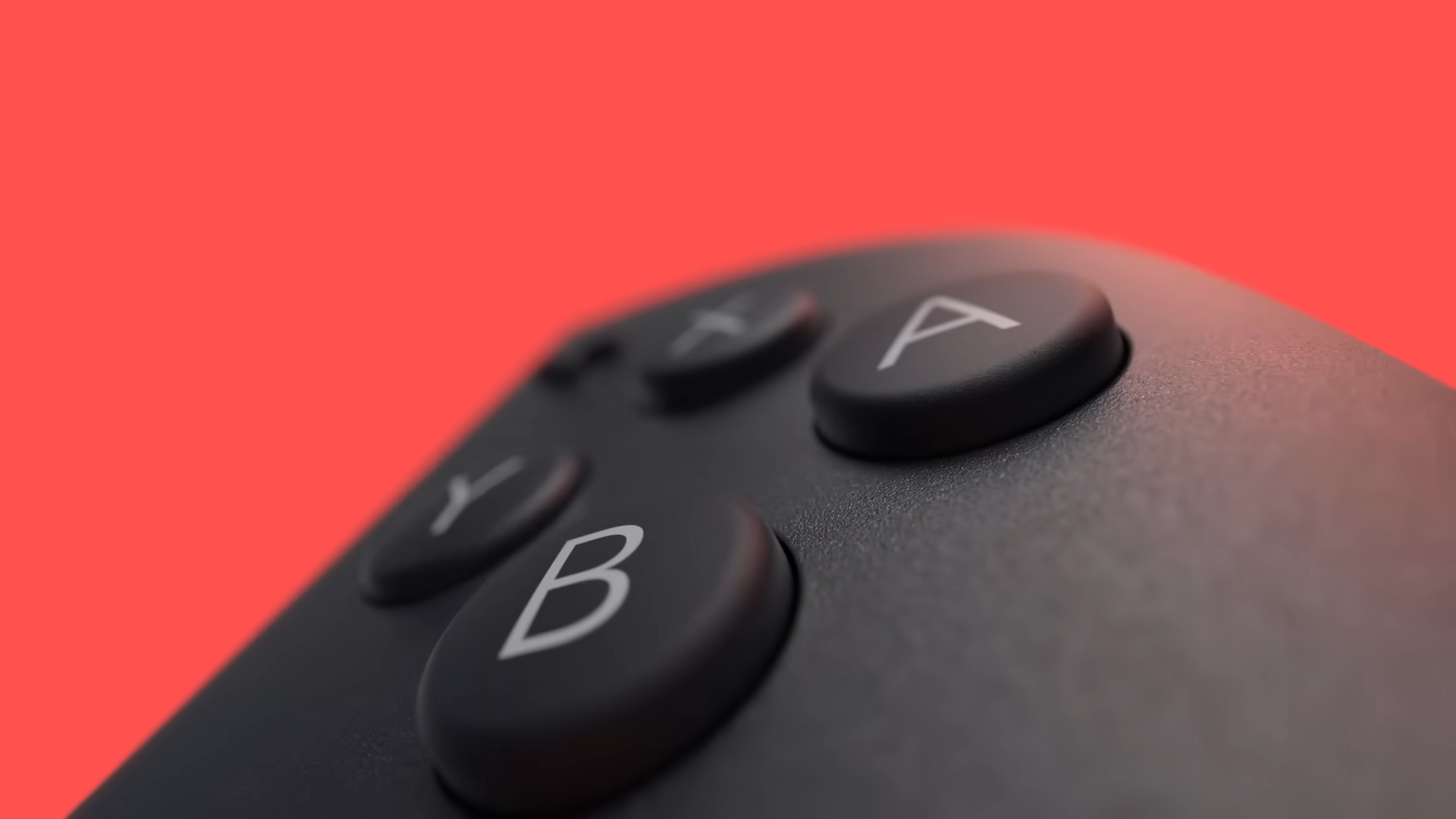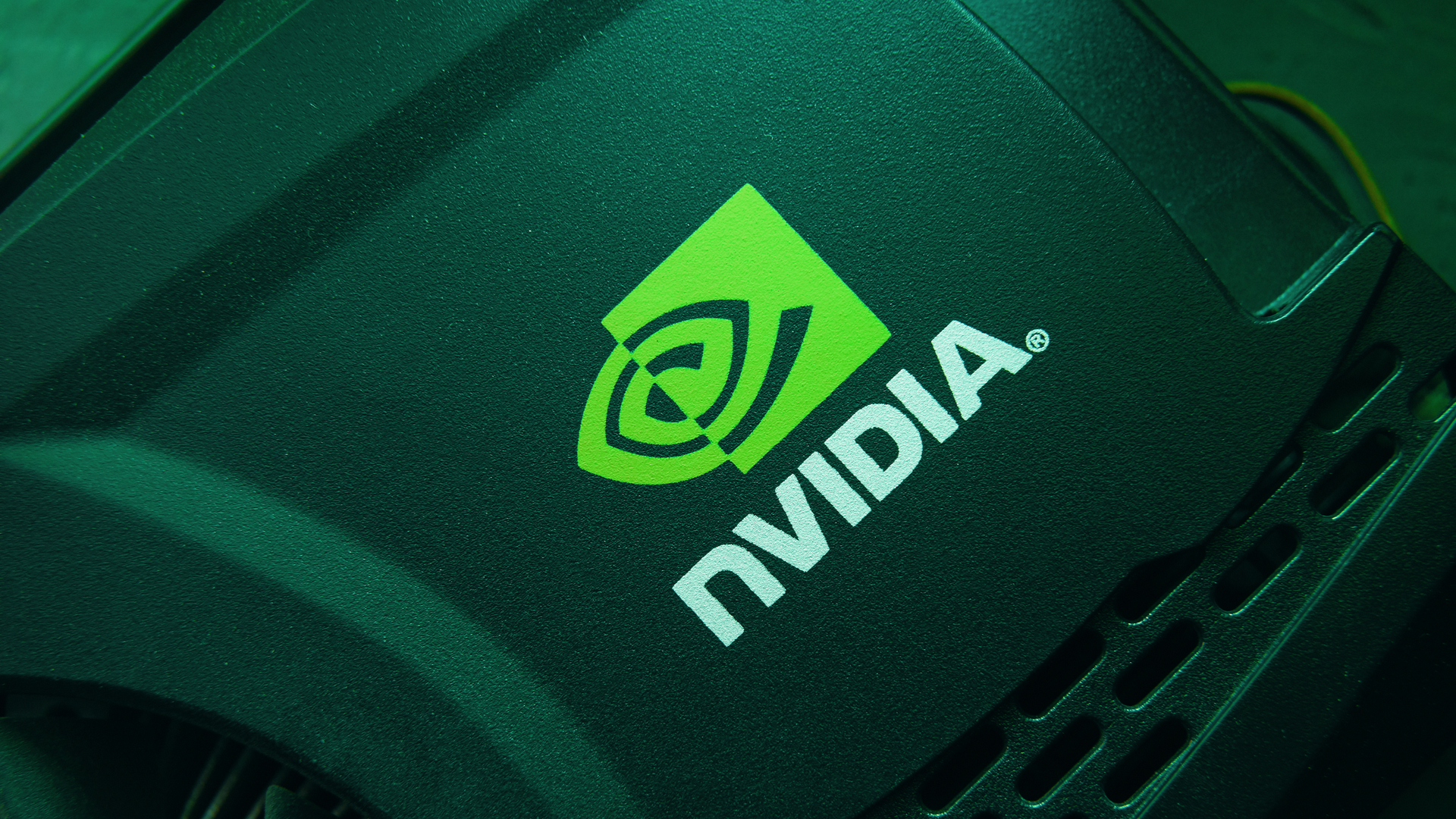The Nintendo Switch 2 could have one advantage over handheld gaming PCs - and it's probably not what you think
Still hoping this comes to handheld gaming PCs some day...

- The Nintendo Switch 2 will use Nvidia's DLSS AI-powered upscaling for its games for better performance and image quality
- So far, handheld gaming PCs only have AMD's FSR and Intel's XeSS
- The Switch 2 could see itself compete with other handhelds thanks to DLSS
The Nintendo Switch 2 was finally fully revealed on April 2, with confirmation that the handheld console will use a custom Nvidia processor - and while the device may not outperform handheld gaming PCs, it could have a significant bonus over them.
As highlighted in a blog post, Nvidia confirmed that its DLSS AI-powered upscaling method will be present on the Nintendo Switch 2, along with ray tracing, thanks to its custom chip. This will allow game developers to implement DLSS in games where necessary, creating room for better performance through upscaling while maintaining image quality.
It's not exactly clear what version of DLSS this will be: its latest version, DLSS 4, utilizes a new transformer model to further improve image quality, especially with performance mode - which has been shown to outdo the previous model's quality mode in DLSS 3.
However, handheld gaming PCs have only been able to use either AMD's FSR or Intel's XeSS, as Nvidia hasn't made an APU (a processor with CPU and GPU on the same die) for any of the devices like the Asus ROG Ally or MSI Claw 8 AI+. Both of these rival upscaling methods have yet to match DLSS, and if DLSS 4 is being used by the Switch 2, it could challenge more powerful handheld gaming PCs when it comes to graphics and performance.

It won't beat handheld gaming PCs, but it's on the verge of competing
Don't get me wrong, handheld gaming PCs like the Asus ROG Ally, MSI Claw 8 AI+, and the Lenovo Legion Go are all still an easy choice over the Switch 2 as they more than likely still have more powerful hardware (as we don't know the exact specs of Nvidia's chip just yet).
However, if Nintendo’s new console uses DLSS 4, it could be a literal game changer placing the Switch 2 in pole position to compete against other handhelds, thanks to the new transformer model. It takes the upscaled image quality up another level, as I've highlighted previously and has already been a massive benefit to all GeForce RTX GPU users: image quality on the CNN model’s performance mode was blurry and contained ghosting when in motion, and the transformer model fixes this.
Despite the slight performance loss in games with this new model (due to its more intensive processing nature for greater image quality), it's not significant enough to not recommend DLSS 4 - and it's better than Intel's XeSS 2 and AMD's FSR 4, as it maintains much better detail on objects, particularly at longer draw distances in games.
Get daily insight, inspiration and deals in your inbox
Sign up for breaking news, reviews, opinion, top tech deals, and more.
I've begged Nvidia to make an APU for handheld gaming PCs to use DLSS, and this gives me hope that the Switch 2 will make it possible.
We'll have to wait and see how DLSS will work (especially in docked mode at a 4K resolution), but if the Switch 2 ushers in a new generation of PC gaming handhelds with Nvidia hardware, then I’ll be extremely happy.
You may also like...

Isaiah is a Staff Writer for the Computing channel at TechRadar. He's spent over two years writing about all things tech, specifically games on PC, consoles, and handhelds. He started off at GameRant in 2022 after graduating from Birmingham City University in the same year, before writing at PC Guide which included work on deals articles, reviews, and news on PC products such as GPUs, CPUs, monitors, and more. He spends most of his time finding out about the exciting new features of upcoming GPUs, and is passionate about new game releases on PC, hoping that the ports aren't a complete mess.
You must confirm your public display name before commenting
Please logout and then login again, you will then be prompted to enter your display name.